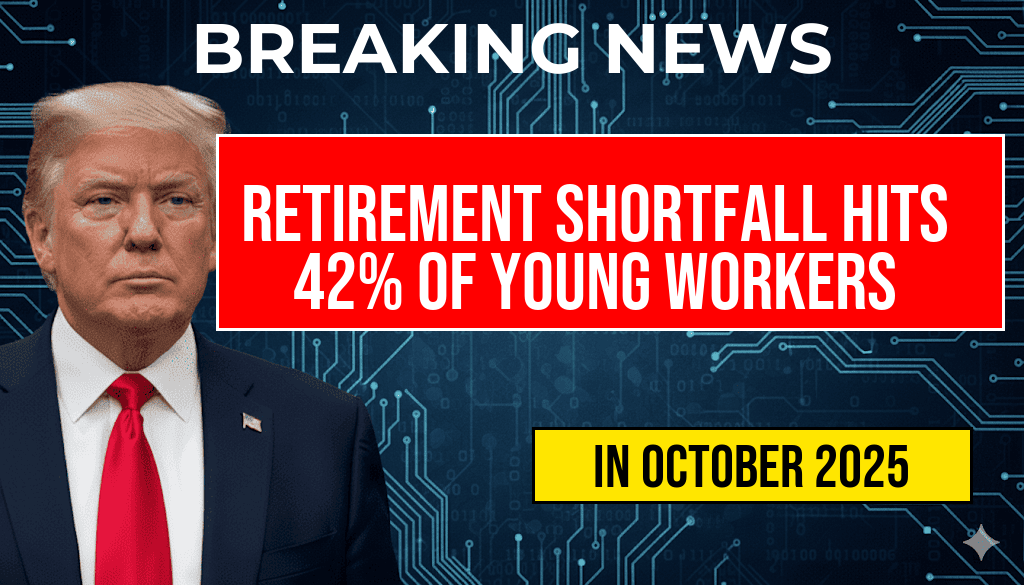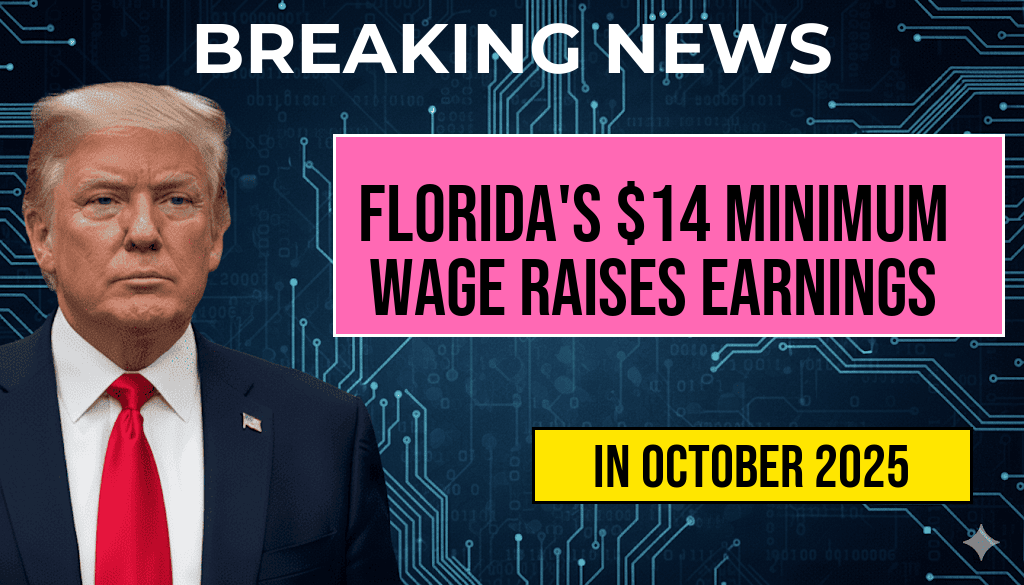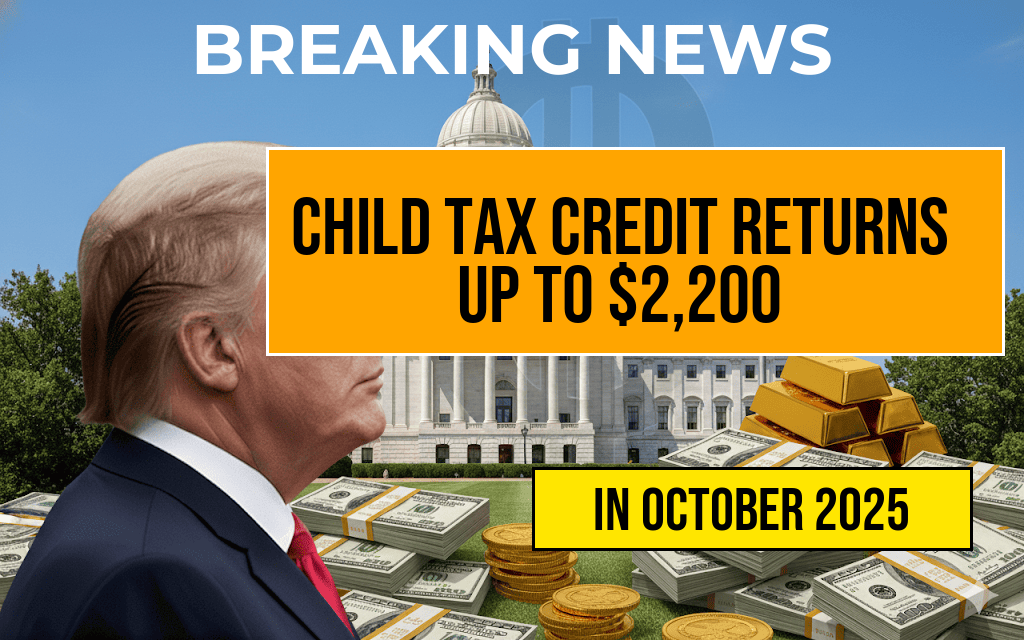Former President Donald Trump has publicly endorsed a proposal that would enable Americans to include high-risk cryptocurrency investments within their 401(k) retirement plans. The initiative, which has garnered both support and criticism from financial experts, aims to diversify retirement portfolios by allowing investors to allocate a portion of their savings into digital assets like Bitcoin and other cryptocurrencies. Proponents argue that this move could unlock significant growth potential for retirees, while opponents warn it introduces heightened volatility and potential losses into long-term savings. The proposal is currently under review by regulatory authorities, with some experts emphasizing the importance of cautious oversight given the speculative nature of digital currencies.
Background: Cryptocurrency and Retirement Planning
Cryptocurrencies have increasingly become a topic of interest among retail investors, with Bitcoin leading the charge as a store of value and potential hedge against inflation. However, traditional retirement plans such as 401(k)s have largely excluded such volatile assets, primarily due to concerns about risk management and regulatory uncertainties. The idea of integrating high-risk digital assets into retirement portfolios is not new but has gained renewed attention amid a broader push by some policymakers to modernize investment options.
Trump’s Endorsement Sparks Debate
During a recent rally, Donald Trump voiced his support for allowing Americans to include cryptocurrencies in their 401(k)s, citing the potential for higher returns and increased economic opportunities. “We should let people decide how to invest their hard-earned money,” Trump stated. “Cryptocurrencies have proven to be a powerful tool for innovation, and Americans should have the choice to include them in their retirement plans.”
This endorsement comes at a time when digital assets are becoming more mainstream, with institutional investors and major corporations exploring their use. However, financial advisors and regulators remain cautious, emphasizing the need to balance risk and safeguard retirement savings.
Regulatory Landscape and Industry Response
Current Regulations and Challenges
At present, U.S. regulations restrict the inclusion of certain high-volatility assets within 401(k) plans. The Department of Labor (DOL) has historically prioritized investor protection, requiring plan sponsors to act prudently and diversify investments to minimize risks. Introducing cryptocurrencies involves navigating complex issues such as custody, valuation, and fraud prevention. The Securities and Exchange Commission (SEC) and the Commodity Futures Trading Commission (CFTC) are also scrutinizing digital asset markets for compliance and investor safeguards.
Industry Perspectives
- Supporters: Advocates argue that digital assets can serve as a valuable diversification tool, especially for younger investors seeking growth. They point to the historical performance of Bitcoin and other digital currencies as evidence of their potential.
- Opponents: Critics warn that cryptocurrencies are highly speculative and subject to dramatic price swings. They caution that including such assets in retirement plans could jeopardize long-term savings, especially for vulnerable populations relying heavily on their 401(k)s for retirement income.
Potential Impact on Retirement Savings
| Investment Type | Risk Level | Potential Return | Volatility |
|---|---|---|---|
| Traditional 401(k) | Moderate | Steady | Low to Moderate |
| Crypto-Enhanced 401(k) | High | Potentially Higher | High |
Incorporating cryptocurrency investments into 401(k) plans could lead to increased returns for some investors, but it also raises the possibility of significant losses, especially during market downturns. The impact on retirement savings hinges on the proportion of assets allocated and the ability of investors to withstand volatility over the long term.
Looking Ahead: Policy and Investor Considerations
As regulatory bodies evaluate the proposal, industry stakeholders emphasize the importance of transparency and investor education. The inclusion of cryptocurrencies in retirement accounts would likely require clear guidelines on asset eligibility, risk disclosures, and custodial arrangements. For investors, understanding the unique risks associated with digital assets remains crucial, particularly given their speculative nature and the relatively nascent state of regulation.
Research from reputable sources such as Forbes highlights the growing interest in digital assets among younger investors, while Wikipedia’s cryptocurrency page offers a comprehensive overview of the evolving market landscape.
Frequently Asked Questions
What is the main proposal in Trump’s advocacy regarding 401(k) retirement plans?
Trump advocates for allowing high-risk cryptocurrency investments within 401(k) retirement plans, aiming to diversify investment options for savers.
Why does Trump believe including cryptocurrencies in 401(k) plans is beneficial?
He believes that including cryptocurrencies can offer higher potential returns and provide more investment diversity for retirement savers.
What are the potential risks associated with allowing high-risk cryptocurrency investments in 401(k)s?
The main risks include market volatility, lack of regulation, and the possibility of significant losses for investors unfamiliar with the asset class.
How might this proposed change impact retirement savers?
This change could give more investment options but also exposes retirement accounts to greater risk and volatility, especially for those unaware of the complexities of cryptocurrencies.
What is the current regulatory stance on including cryptocurrencies in 401(k) plans?
Currently, cryptocurrencies are not widely permitted within 401(k) plans, as regulators emphasize risk management and protections for investors.










